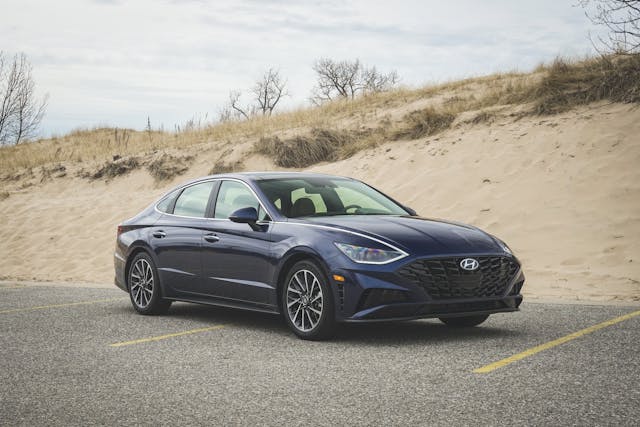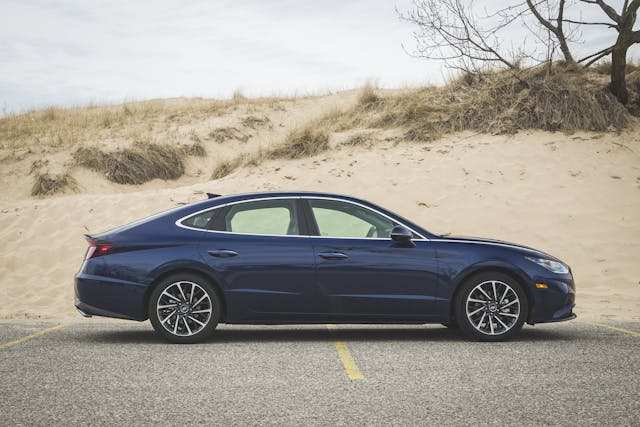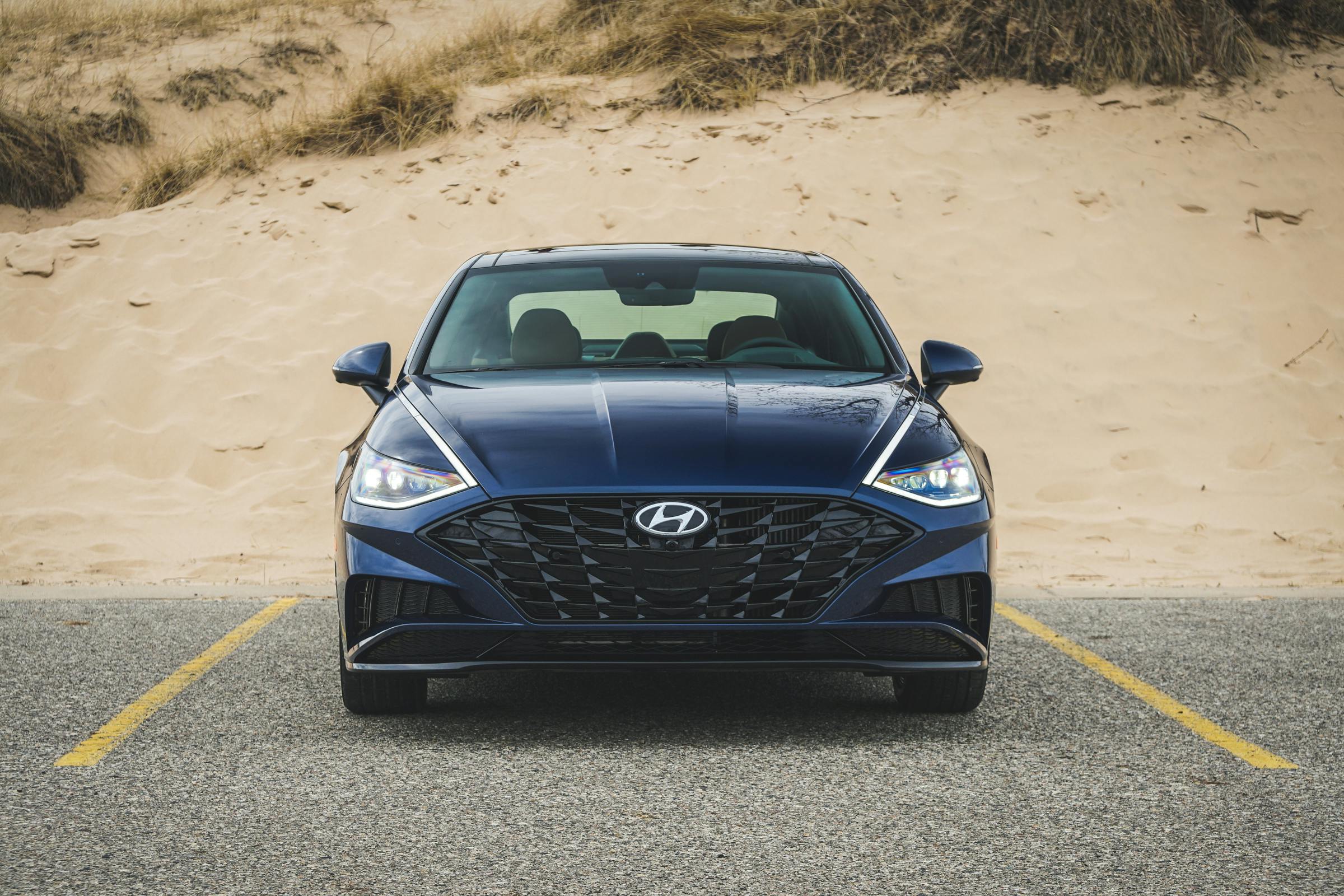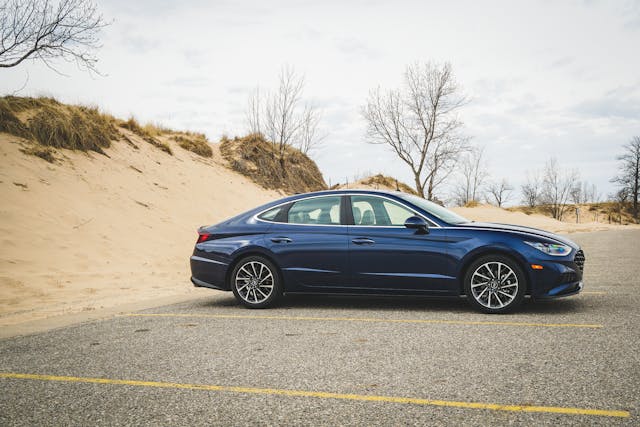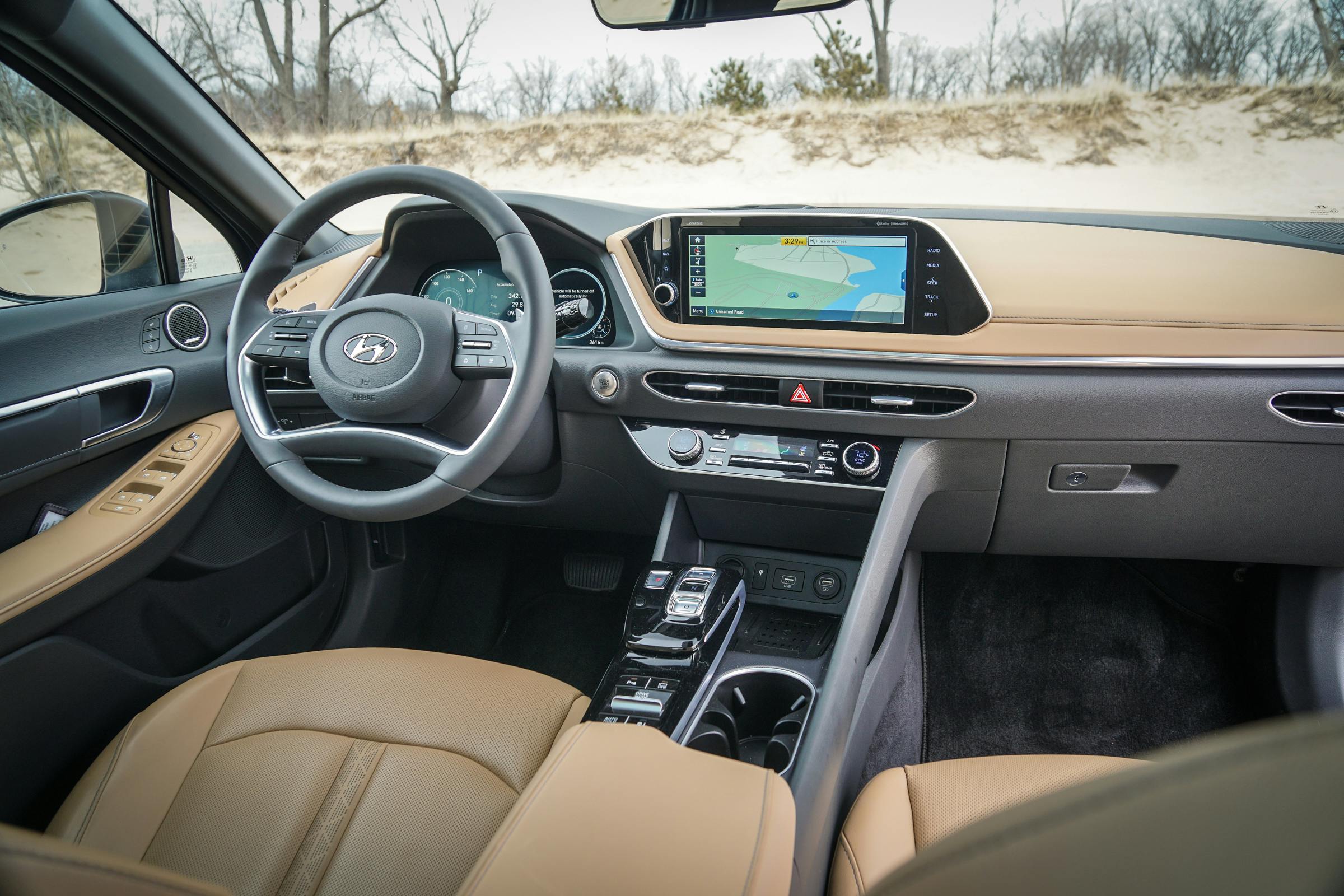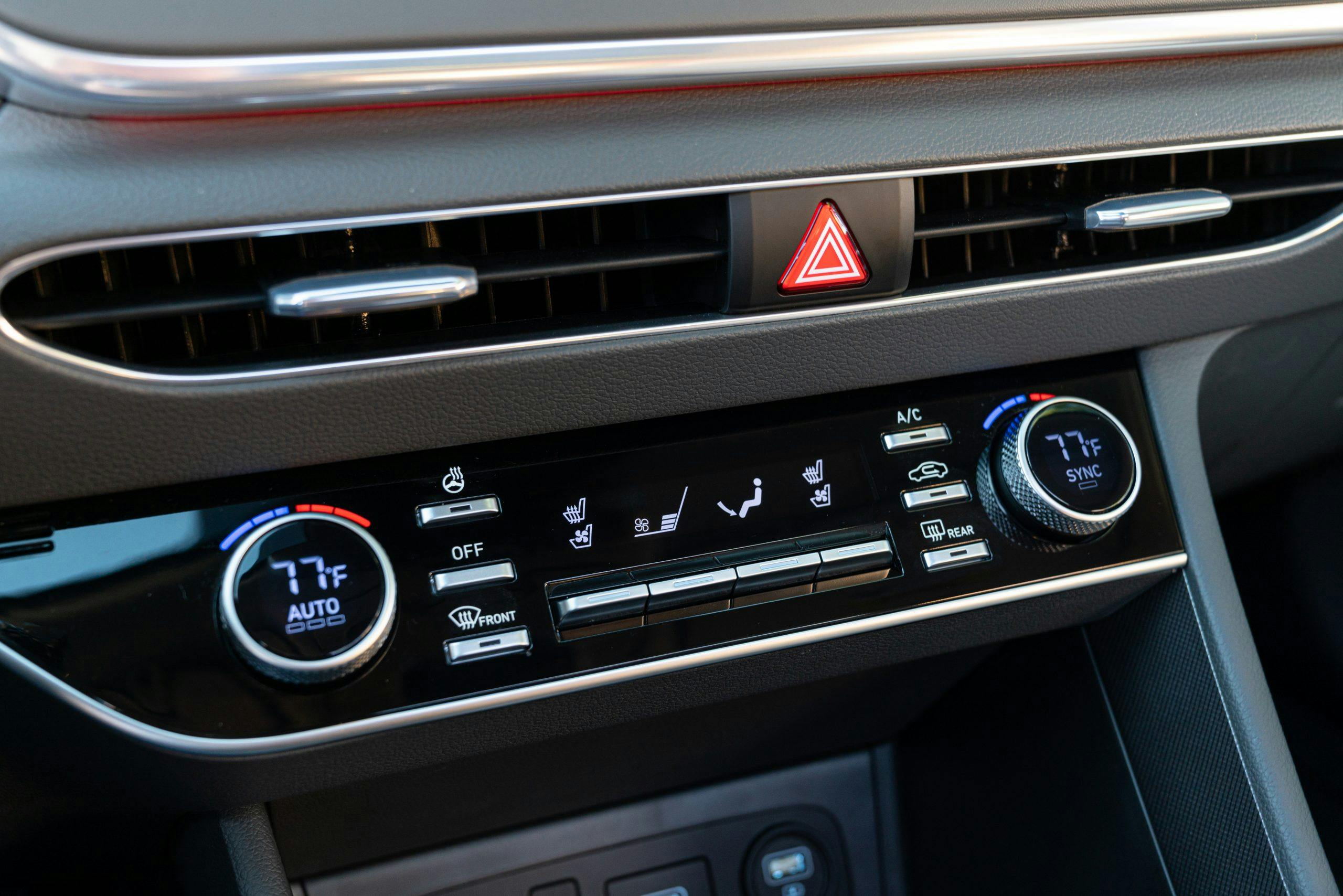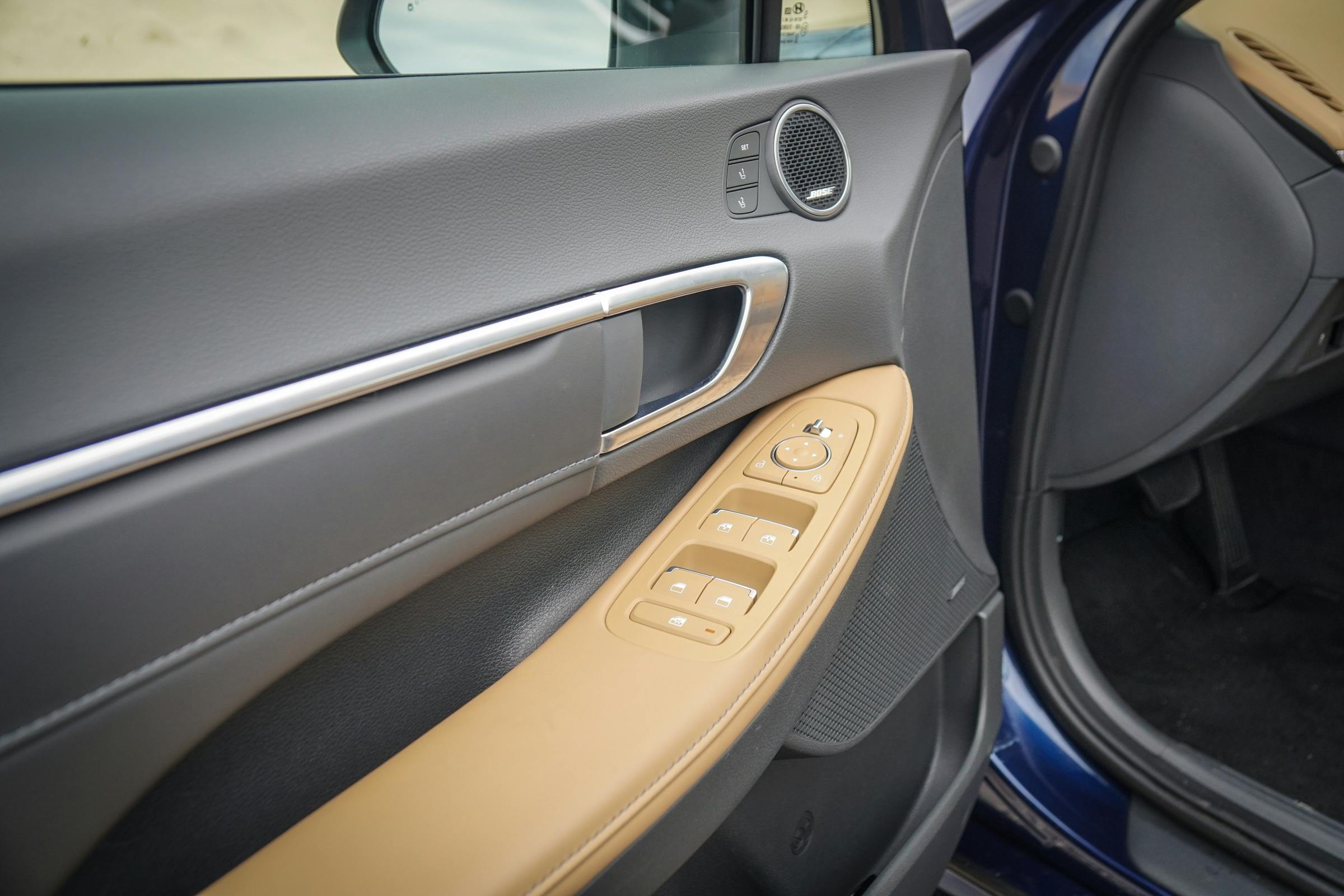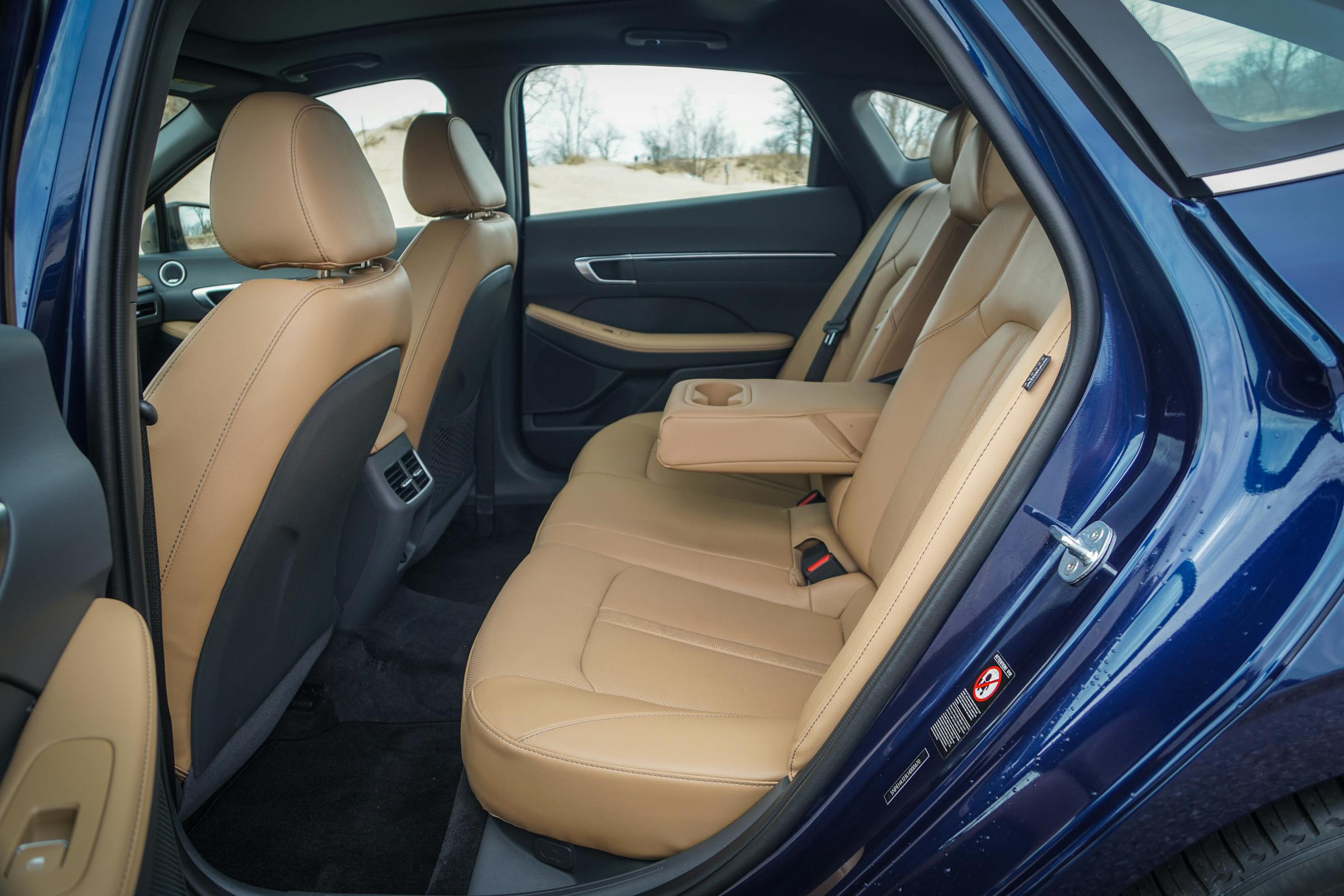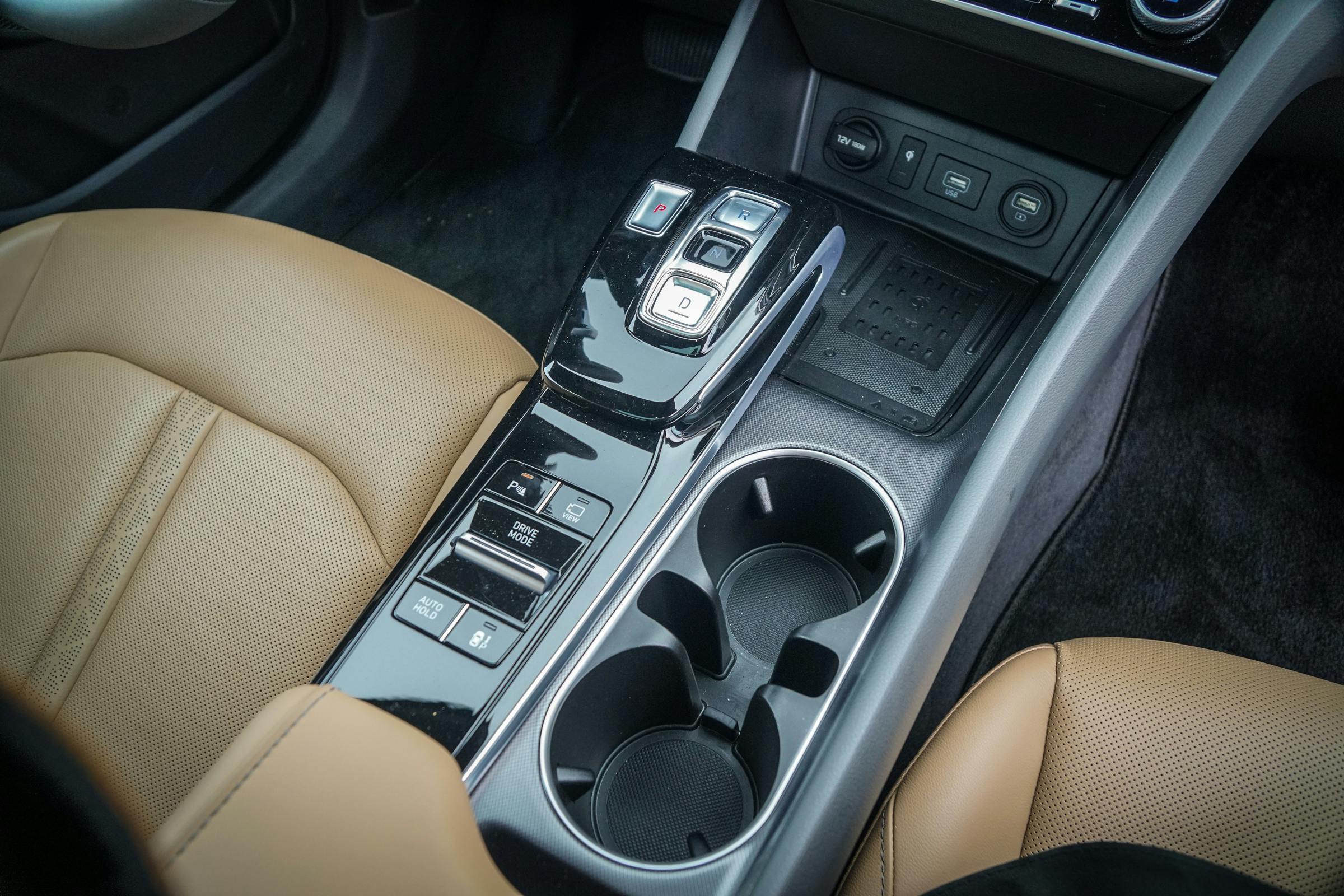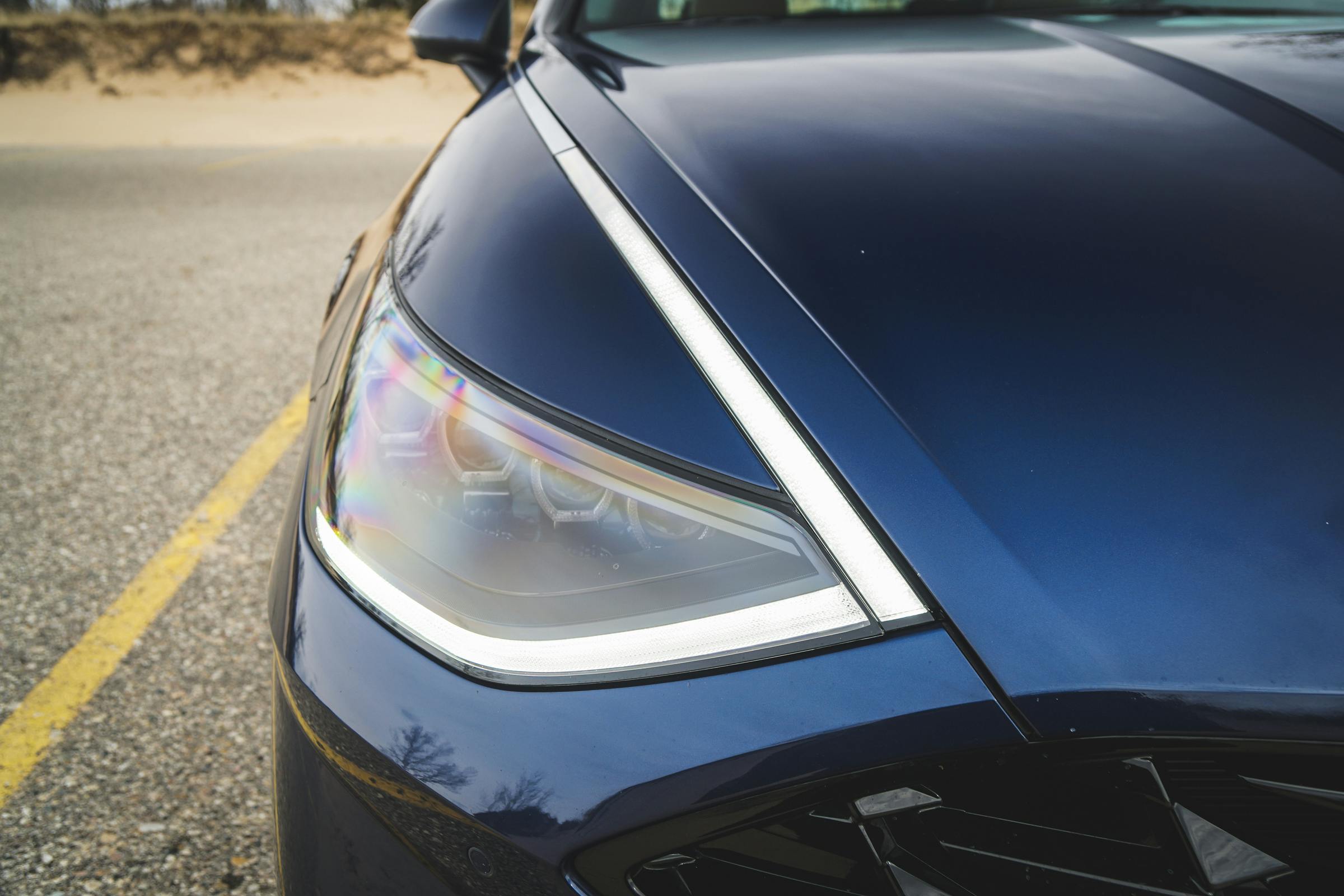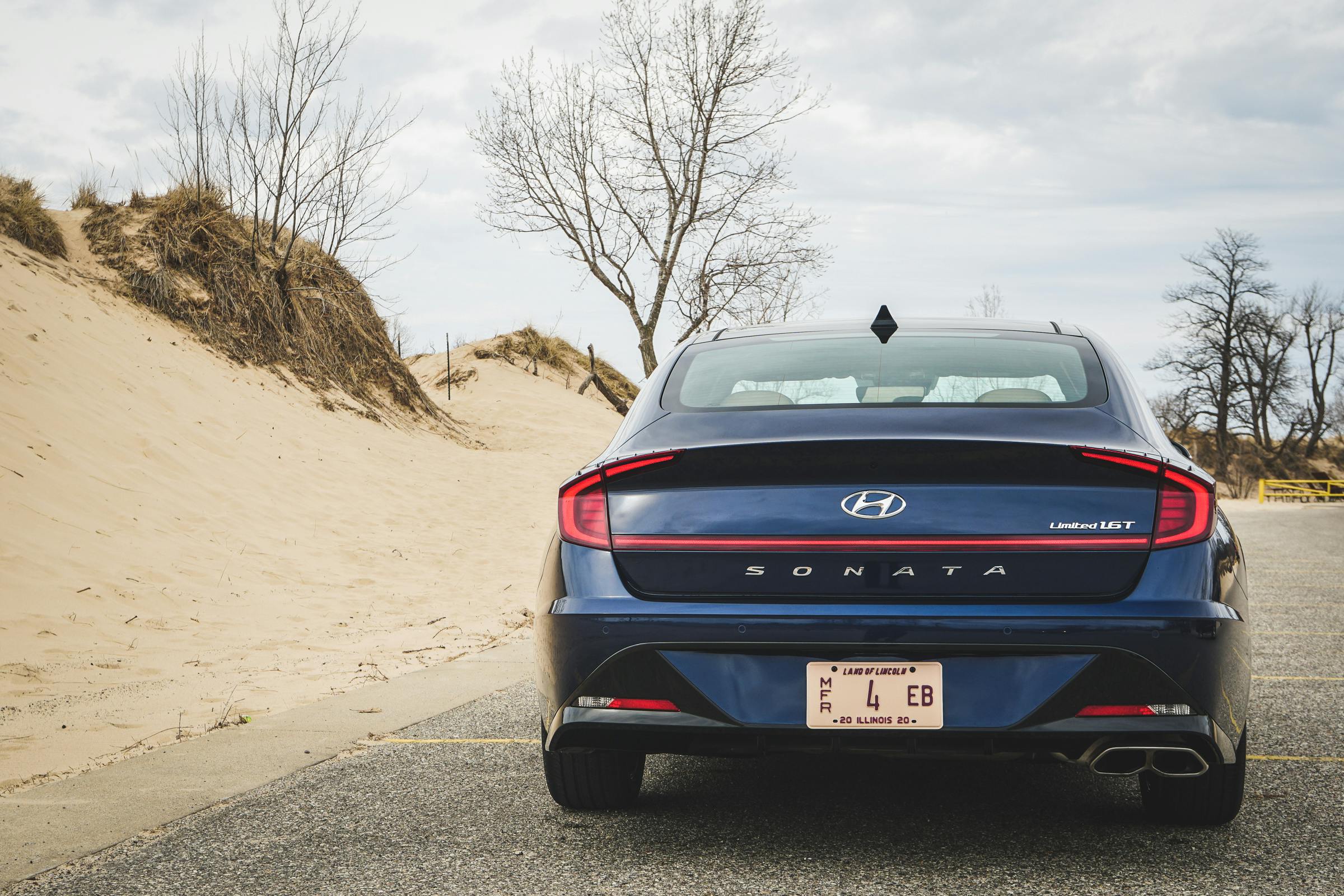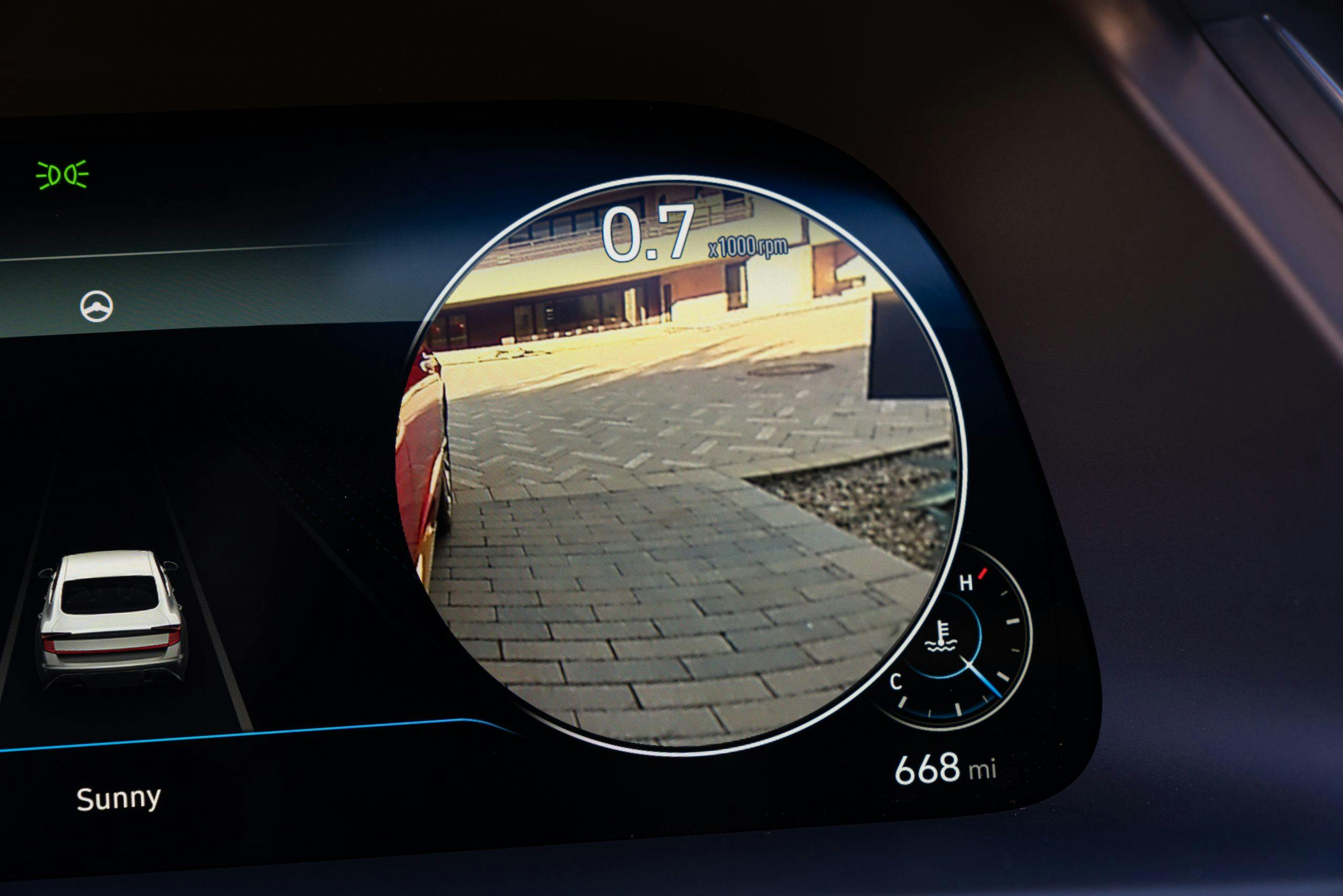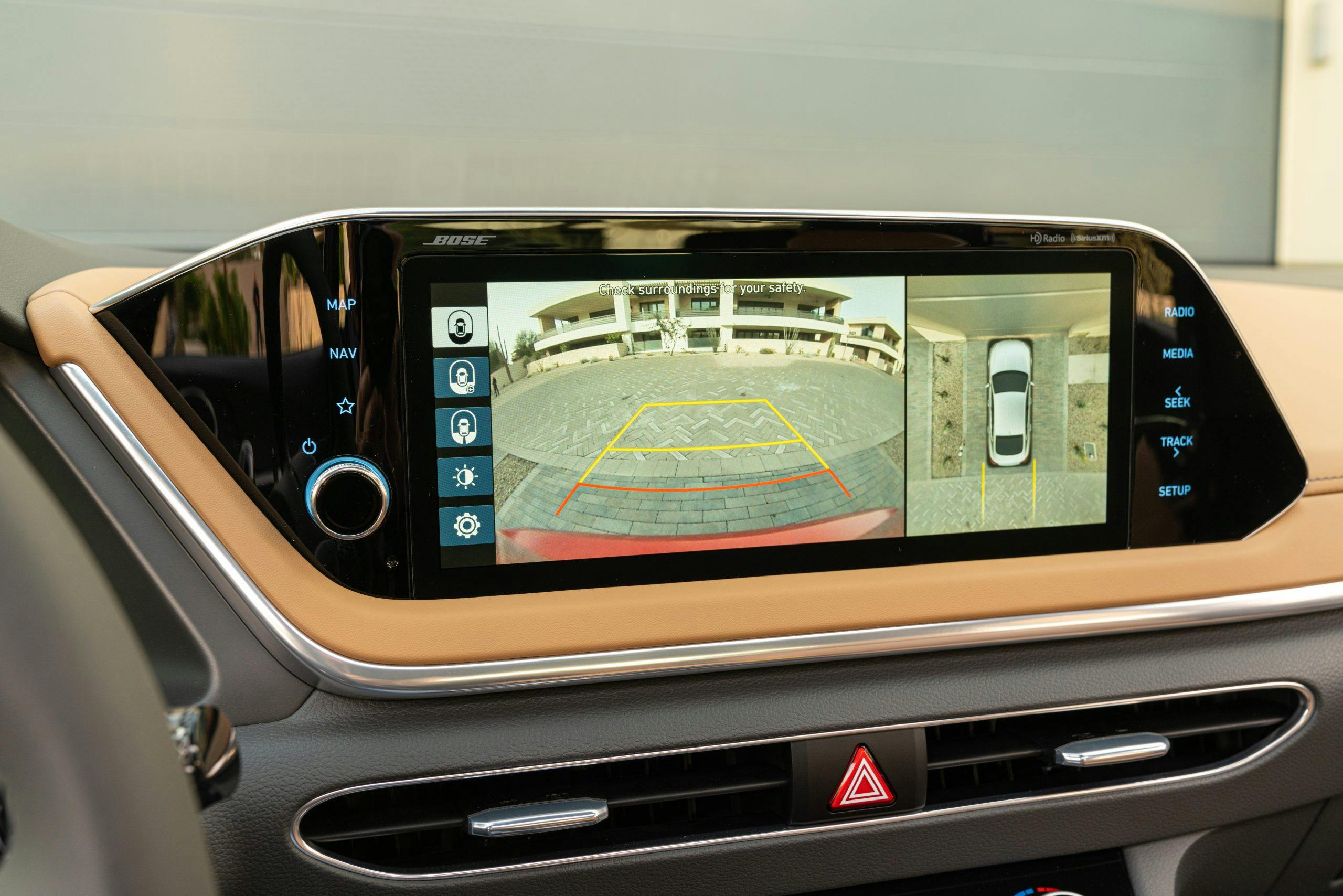Media | Articles
Review: 2020 Hyundai Sonata Limited
“Nah, that’s not going to be a great car,” my friend said, leaning against his Mexican-built Volkswagen and casting a critical eye over the dark-navy fastback parked between us. “It’s a Hyundai.” As the not-so-proud current owner of a well-used 2003 Hyundai Elantra acquired in a pinch a few years ago, I’m perfectly aware of how my pal came by his preconceptions. Hyundai’s U.S.-market debut with its Excel compact car in 1986 was less than perfectly successful, to put it mildly. In the two decades which followed, Hyundai found itself relegated to the bottom of buyers’ wish lists, thanks to budget-conscious build quality, lifeless interiors, and indifferent execution.
In the years since, the Korean automaker has become deadly serious about gradual and tangible quality improvements. It’s also made a serious commitment to Stateside manufacturing, rolling out some of the fifth-generation Sonatas from a new assembly plant in Montgomery, Alabama. The sixth- (2011–2014) and seventh-generation (2015-2019) Sonatas earned a lot of consumer respect and trust thanks to solid reliability and attractive features. On the leadership side, Hyundai’s efforts to poach some of the industry’s best talents (chassis magician Albert Biermann and recently-departed designer Luc Donkerwolke, among others) are telling. The company’s bullish approach is evidence of its die-hard push to establish its brand as worthy of the same consideration customers give Honda and Toyota.
It’s working. Within the last two years, the hot-hatch Veloster N has earned the respect of a small, but vocal, enthusiast cohort, while the Palisade (and its Kia Telluride sibling) have had a palpable impact on the highly profitable, and previously complacent, full-size crossover competition from Ford, Honda, and even Mercedes-Benz. The all-new 2020 Hyundai Sonata aims to take the fight to the midsize sedan segment in similar fashion.
There’s still consumer interest in these cars. The Toyota Camry and the Honda Accord—the two powerhouses in the midsize segment—combined for more than half a million sales last year. Hyundai wants the new Sonata to move from “settled for” to “sought-after,” stealing a few buyers from Japanese players along the way. This means adding a few new ingredients to the selling-proposition soup, which previously contained a single tomato with “LOW PRICE” stenciled on the side. For 2020, Hyundai’s four-door corrugated can includes a little styling seasoning and some heirloom-quality interior materials, too. Should you leave it on the shelf, or make it your next meal? (Stop this, Nate. Eat some lunch. — Ed.)
The new Sonata rides on Hyundai’s all-new third-generation platform, which shortens the front overhangs, stretches the wheelbase, and offers a notably lower seating position than the previous generation. The platform’s stylistic freedom is put to good use; sloping rear glass and fastback proportions finish what the low, wide hood and vaguely piscine nose started. It’s a bold package—as radical a styling exercise as Hyundai has ever attempted—but the designers nailed it.
Marketplace
Buy and sell classics with confidence
Fear not, bargain hunters. Hyundai is not bucking the value play entirely. The low-end SE trim costs just $24,555, undercutting Honda’s cheapest Accord by $420 and Toyota’s cheapest Camry by $825. At the top end, the Sonata Limited that we tested rang in at $34,365, and the only included option was $135 carpeted floor mats. The interior is road-trip ready, from the steering wheel’s natural hand rest at the bottom to the larger armrests on the doors. The traveling salesman who put 250,000 miles on his Ford Fusion over the last five years would welcome the Sonata as a slick upgrade. The company writing the check would relish its reasonable price.
Our tester came with handsome perforated tan leather seats offering heating and cooling functionality. The reimagined center stack boasts an attractive layout. Physical buttons for important HVAC controls reside neatly below a slim center vent. The buttons lack the gratifying haptic feedback of the Accord but make far better use of the dashboard real estate than those in a Camry. A new 10.25-inch high-definition touch screen sits atop the vents. The panoramic sunroof (standard on the Limited, a $1000 option on the SE and SEL, and part of a $2750 Tech Package in the SEL Plus) bathes the cabin in enough natural light to impress a smug architecture student. The rear seat room is not grossly compromised by the car’s sloping roofline; two full-grown adults can enjoy multiple-hour jaunts back here. A pleasant surprise.
The one flaw that my two-hour, cross-state treks brought to light was a pitchy, faint whistle that slinks into the cabin at highway speeds. Luckily, the Limited’s standard Bose 12-speaker premium audio setup had no trouble drowning out the wind noise. There’s even a “sounds of nature” selection in Hyundai’s infotainment system that will enable the ambient soundtrack of a crackling fire or a rainstorm, should you feel the need to substitute your pumping K-pop for the calming tones of a lush rainforest.
The Sonata offers two powertrain choices. In the Limited and the SEL Plus, power comes from a turbocharged 1.6-liter four cylinder engine with Hyundai’s brilliant Continuously Variable Valve Duration technology, boasting 180-horsepower and 195 lb-ft of torque. Lower-tier SE and SEL trims settle for a naturally-aspirated 2.5-liter inline-four with slightly more power but less torque, totaling 191 hp and 181 lb-ft. Both engines drive the front wheels—no AWD like you’ll find on the Camry. An eight-speed automatic transmission is the only gearbox offered, and the turbo-four-equipped cars come with shift paddles, should you prefer to manage ratios on your own. (Hint: don’t bother, there’s not a sporting bone in this powertrain’s body.)
Over my 750 miles of travel, I observed an average fuel economy of 31 miles per gallon. That’s matches the EPA combined rating, and is on par with the Accord’s 1.5-liter turbo-four and the Camry’s 2.5-liter four-cylinder at comparable trim levels.
On the road, the Sonata is predictable in its actions, but devoid of flare. The car would rather you didn’t fling it into an on-ramp or try to swipe the holeshot from that V-6 Camry at the stop light. The brakes are commuter-grade hardware, perfectly capable for what their intended purpose. The steering feels heavily boosted at low speeds—a boon for tight parking lots—but it settles nicely into the background at highway pace.
The Sonata’s ride, however, is harsh enough that it’s out of concert with the rest of the sedan’s take-it-easy attitude. In Normal mode, the ride is frenetic over all but the smoothest of roads; surely the 18-inch alloy wheels and 45-series rubber don’t help. In the Accord or the Mazda6, the default tautness is a trade-off for rewarding handling when you want to really hustle. The Sonata offers no such benefit. We’d have been just fine with a bit more body roll if it meant a more supple cruising manner. Leave the aspirational vivaciousness to the forthcoming Sonata N-Line.
The Sonata’s infotainment system is fairly intuitive to operate, but like most systems can’t hold a candle to Apple CarPlay or Android Auto. Elsewhere in the Sonata’s technological offerings, operation is much more impressive. Hyundai’s Blind View Monitor remains one of the best blind spot assistance technologies in the industry. Two cameras mounted under each side mirror activate when you flick the turn signal, projecting a real-time feed onto the 12.3-inch LCD instrument cluster behind the steering wheel. This technology makes merging onto free-ways and the quick lane-change in heavier traffic much less stressful. Ditto the adaptive cruise control and lane-keeping tech, both welcome aids on long jaunts, which this car is primed to tackle. As crosswinds picked up west of Lansing, Michigan, the lane-keeping technology fought valiantly to keep the Sonata in the middle of the lane. Hyundai’s driverless parking technology Smart Park, (a.k.a. Smaht Pahk for those who watched the Super Bowl) is a neat party trick, but ultimately feels half-baked in all but very few specific situations. (Bahstin-based contributor Kamil Kaluski confirmed as much.)
Ultimately, this new Sonata will lure buyers through dealership doors with its interesting new looks, but the dealmaker is still Hyundai’s wallet-friendly feature packaging. And when was the last time you were deflated by a few extra bucks in your pocket? Exactly. Spring for the top-tier Limited and enjoy the entirety of the Sonata’s offerings, knowing you still saved a few bucks over the traditional players in the segment.
A fully-laden Sonata Limited costs $2750 dollars less than the top-rung Accord. Toyota’s top-of-the-pile Camry XSE, too, starts $1630 higher than the Sonata, and that’s before shelling out an additional $2750 on a Driver Assistance package that finally adds kit like 360-degree cameras, multi-stage ventilated seats, and a premium audio package. All of this is included on the Sonata Limited.
Serving the needs of serious commuters while also saving them money has long been a staple of Hyundai’s strategy. The new Sonata continues that trend while leapfrogging competitors in terms of style and feature packaging. If your friends can’t shed tired clichés about a brand that’s made shocking strides in recent years, educate them. Take them for a ride. They’ll come around to the fact that the Sonata is no longer just a great Hyundai and a good car. It’s an exceptional sedan—full stop.
2020 Hyundai Sonata Limited: $34,365 as tested (NOTE: The Sonata received a slight price increase in January of 2020. MSRP on a Sonata Limited climbed from $33,300 to $33,500. The pricing comparisons in the review above reflect the Sonata’s current price.)
Highs: Top-of-class styling, straight-forward feature packaging, brilliant technology—all at prices that undercut the competition.
Lows: Suspension is too stiff, wind noise at highway speeds, you might have to suffer outdated remarks from your neighbor who hasn’t paid attention to Hyundai in 15 years.
Summary: Amidst a shrinking-but-still-large segment, Hyundai offers up a new Sonata dripping with style, and with enough substance to vault it into serious consideration with the world’s best mainstream sedans.
